‘Hunt’ing Down History (18th and final episode)
By Barbara Emery Moseley
NOTE: This series chronicles the generations of Vernon’s Hunt family, all related to Jonathan Hunt of “Governor Hunt Road” fame. If you’ve missed any installments in this series, you can catch up here!
PHOTO: Bracelet with cameo portraits of four sons of Jonathan and Jane Hunt (physician Jonathan Hunt, painter William Morris Hunt, architect Richard Morris Hunt and early photographer and New York attorney Leavitt Hunt), carved by artist William Morris Hunt, Museum of Fine Arts, Boston. Photo by Martin Langeveld.
Two days before Halloween, four years ago, I slipped through a side door of a massive, two-story granite building in Barre. I was met by a woman who said she had “something of interest” to show me. “It is just their heads,” she continued, cautioning me “not to touch them.” I was given white gloves to wear, just in case I forgot her orders.
I was in the workroom of the Vermont Historical Society Museum in Barre’s former Spaulding High School. (There is also the Main Museum in the old Pavilion Building near the Capitol in Montpelier.) Before me were portraits of Jonathan and Lavinah Hunt. They had been purchased from the same family selling the Hunt family papers; $3,000 was paid for the portraits. The paintings were about to be properly packaged and shipped to the Art Conservation wing of the Clark Museum in Williamstown, MA, where cleaning and possible repairs would be professionally done.
The portraits were painted by Lavinah’s nephew, Caleb Lyman, as a wedding present. Jonathan Hunt is shown wearing a dark coat, with a white cravat tied in a bow. His light brown hair, sprinkled with white, is combed back from his face, revealing a receding hairline. Lavinah is wearing a dark dress with a fichu (a 3-cornered shawl of a light material) tucked into the V-neckline. Her white day cap stands upright and reveals a bit of auburn hair tucked behind her ear. Her blue eyes look directly at the viewer.
Caleb Lyman was obviously self-taught and not very accomplished. He was an itinerant artist and made his living traveling around New England. Not many of his works are known. There is one other example in the Memorial Hall Museum of the Pocumtuck Valley Memorial Association in Deerfield, MA.
This last episode of ‘Hunt’ing Down History is being called “Red Flannel Hash”, that monument to the ingenuity of the New England housewife determined to make a good use of leftovers. So, herewith are some tidbits related to the Hunt family saga.
Jonathan Hunt bequeathed 10,000 acres in northern Vermont “for the benefit of the University of Vermont,” while his brother Arad did the same for Middlebury College.
At the Columbian Exposition (see previous installments for details on Richard Morris Hunt’s role), “Buffalo Bill” Cody, recently returned from a hugely successful European tour, applied for fairground space for his Wild West Show. The Fair’s Ways and Means Committee rejected it on the grounds of “incongruity.” Cody then leased fifteen acres adjacent to the fairground, where his cast of hundreds of Indians and uniformed soldiers from many countries slept in tents. Exciting battle scenes were enacted.
Accompanying Cody was Annie Oakley, the deadeye shooter of moving targets tossed into the air as she raced around an arena on horseback. She had her own tent, comfortably fitted out with rugs, a couch, rocking chairs, and a collection of her guns and ammunition.
Cody’s main entrance was near where visitors coming by train got off. Some visitors thought his show was the Fair and went home happy!
Katherine Lee Bates, vacationing with five other teachers, enjoyed the Fair, but then moved on to explore the mountains of Montana and Wyoming. She was so impressed by their beauty she was inspired on her return home, to write “America, the Beautiful.” The poem was first printed in a magazine on July 4, 1895, and soon after set to music.
Edison’s kinetescope showed the first moving pictures.
“Kodak Fiends” were using the newest box cameras; hotels supplied darkrooms for developing film.
The first ever giant searchlights moved in the night sky.
The first all-electric kitchen was displayed.
An oddly flavored gum called Juicy Fruit, Cracker Jack, a new cereal named Shredded Wheat, and a new beer named Pabst Blue Ribbon appeared.
Child care was provided in the Women’s Building.
The Chicago Fire Department demanded a no smoking ban, which was strictly enforced by the Chicago Police Department.
On Dedication Day, hundreds of Girl Scouts stood with right arm raised, reciting the Salute to the Flag, written by Edward Bellamy of Chicopee Falls, MA.
Egyptian belly dancers were a big attraction, and a pianist was pressed into service to accompany their sinuous movements. He came up with notes that soon had words: “Oh, they don’t wear pants in the Hootchie Koochie Dance.”
In 1893, the U.S. Postal Service issued its first commemorative stamp. It honored the World’s Columbian Exposition and the quadricentennial of Christopher Columbus’ voyage.
On July 30, 1916, German saboteurs blew up a munitions plant on Black Tom, an island near Jersey City, NJ. Although casualties were limited to a dozen deaths, the explosion was so huge it was felt throughout New York City and shrapnel damaged the Statue of Liberty.
Finally, the Supreme Court of Rhode Island, on October 26, 2016, was to hear arguments about two law suits over the plan to build the visitors center at “The Breakers” in Newport, on its twelve acre grounds. Opponents—including clothing designer Gloria Vanderbilt—and nearly four dozen other members of the Vanderbilt family—as well as dozens of preservationists and others, have said the plan would permanently mar this national symbol of Newport’s Gilded Age.
What would Richard Morris Hunt say?

